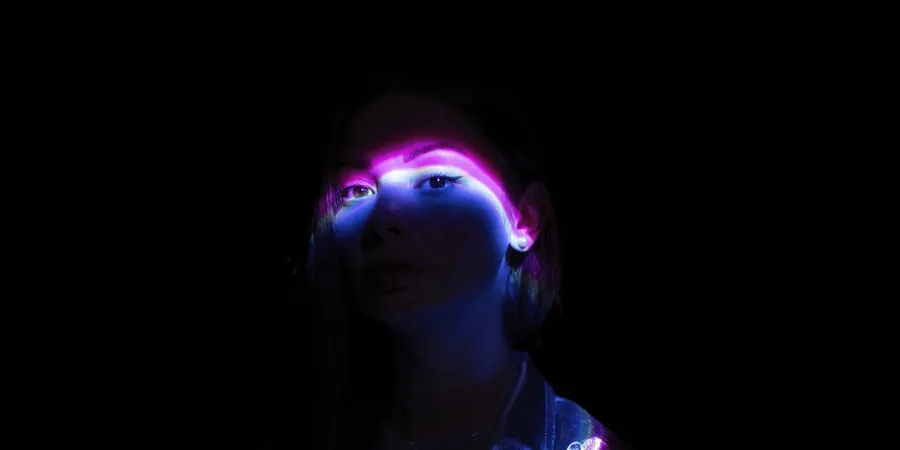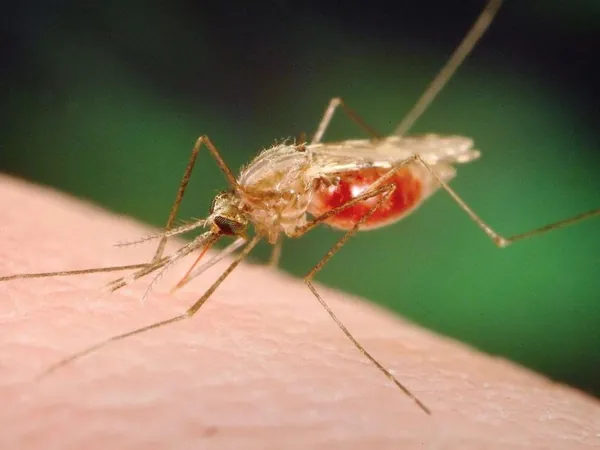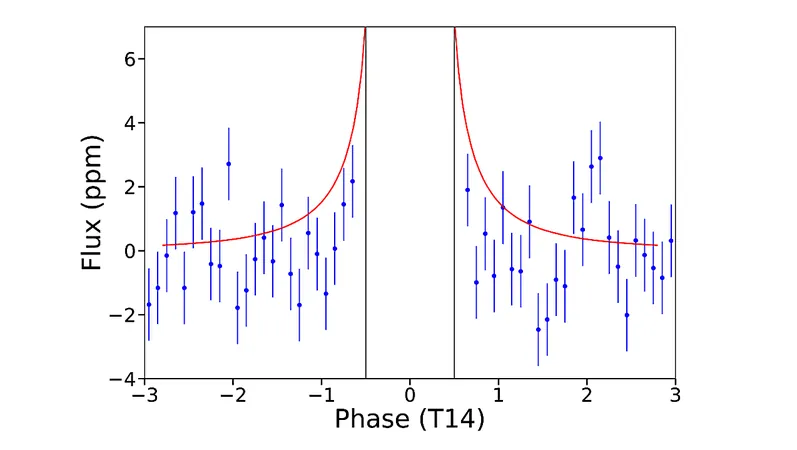
Unlocking the Mystery of Our Body's Invisible Glow: What It Means for Health
2025-05-27
Author: Liam
We’re All Emitting a Mysterious Glow!
Ever heard the saying, “You’re glowing”? It’s often used to describe someone thriving, whether from health, happiness, or even pregnancy. But here’s the astonishing truth: every human actually emits a faint glow, thanks to the metabolic and cellular processes at play in our bodies!
The Science Behind the Glow
This fascinating phenomenon is known scientifically as biophotons, or ultraweak photons. For decades, researchers have delved into how these emissions vary with factors like age, gender, and health. Recently, scientists at the University of Calgary made groundbreaking discoveries by studying photon emissions in mice both alive and dead, revealing how this glow dims immediately following death. Their research was published in The Journal of Physical Chemistry Letters.
Dan Oblak, senior author of the study, emphasized the significance: "The undeniable reality of ultraweak photon emission shows it’s not just a biological quirk; it’s fundamental to all living organisms."
A Glimpse into Life and Death
To capture this intriguing process, the team used cutting-edge digital cameras capable of detecting individual photons from four mice over two one-hour sessions. Prior to the observations, both live and deceased mice were acclimatized in darkness for half an hour. Their results demonstrated a stark contrast in photon emissions. Live mice displayed active and robust emissions, while those that had passed emitted significantly fewer photons, indicating a halt in metabolic processes.
Plant Life Emitting Its Own Glow
But it’s not just animals that glow! The researchers also investigated biophoton emissions in plants, specifically an umbrella tree. They examined how factors like injury and exposure to chemicals such as isopropanol and hydrogen peroxide affected these emissions. Remarkably, injured parts of the plant emitted more photons, which could lead to significant advancements in monitoring forest health and plant vitality.
Oblak noted, "UPE intensity in plants rises with temperature and can serve as a non-invasive indicator of plant health and growth under various environmental conditions." This pioneering research could transform how we understand and nurture our green spaces!
The Bigger Picture: Implications for Health and Environment
The pursuit of understanding biophoton emissions opens up exciting applications in both medical diagnostics and agriculture. As we learn more about these subtle glows, we not only deepen our appreciation of life's complexities but potentially enhance the health of ourselves and our ecosystems. Stay tuned for more groundbreaking discoveries about the invisible forces surrounding us!









 Brasil (PT)
Brasil (PT)
 Canada (EN)
Canada (EN)
 Chile (ES)
Chile (ES)
 Česko (CS)
Česko (CS)
 대한민국 (KO)
대한민국 (KO)
 España (ES)
España (ES)
 France (FR)
France (FR)
 Hong Kong (EN)
Hong Kong (EN)
 Italia (IT)
Italia (IT)
 日本 (JA)
日本 (JA)
 Magyarország (HU)
Magyarország (HU)
 Norge (NO)
Norge (NO)
 Polska (PL)
Polska (PL)
 Schweiz (DE)
Schweiz (DE)
 Singapore (EN)
Singapore (EN)
 Sverige (SV)
Sverige (SV)
 Suomi (FI)
Suomi (FI)
 Türkiye (TR)
Türkiye (TR)
 الإمارات العربية المتحدة (AR)
الإمارات العربية المتحدة (AR)